
Vi KronobergsVävare
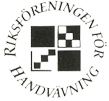
Some of our pages are translated to English:
- rackel weave, or three-treadle weave
- blanket brushing
- winding a warp with a warping glove
- In the bower (exhibition '05)
- Bags
- Bags exhibition '10
- Rugs
- Index with (some) translations
- Links
-
How it began
(use "back" button to return here) - January
- February
- March
- May
- July
- August
- September
- Nov-Dec
This challenge is now closed - but feel free to use the profile for your own work
USE THIS PROFILE! - A CHALLENGE FOR 2012
This is a challenge for members of The National Association of Handweavers - but now we extend it to weavers all over the world. There will be no prizes, except that your contributions will be published here, on our website.
So - what is a profile pattern?
It could be called "shorthand", perhaps? It is a an overall plan of the pattern we wish to
weave. It can, for example, look like this:
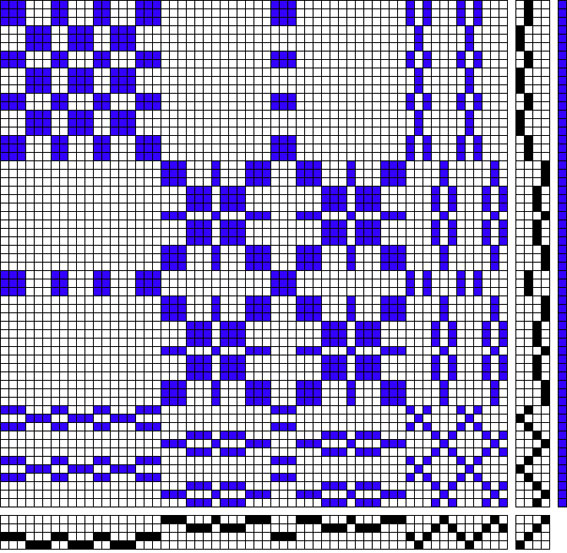

OK - so how can a profile pattern be used?
If we see each square as representing a structure, a certain number of ends, a "block",
we can transform the profile into a number of different detail drafts. This way it is possible to
weave several different fabrics with the same overall pattern, in completely different qualities.
Some examples:
Let each square represent a 4-end broken twill, and we end up with a 16-shaft dräll (or turned twill):
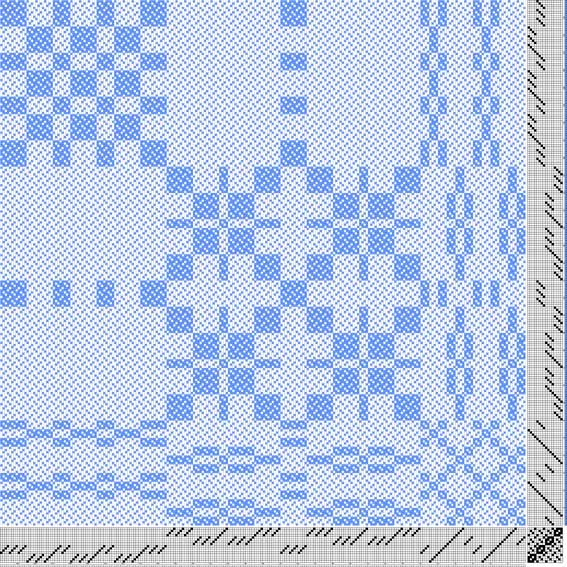
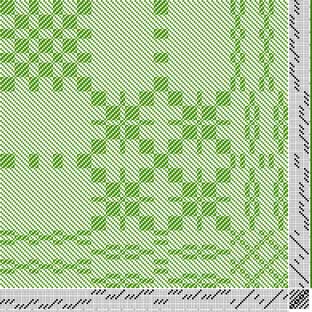
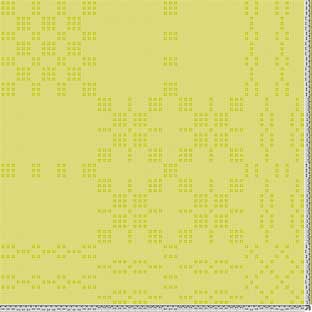
What can we do?
Well - we can use the "simplified drälls" - here the same profile as overshot:
(Only a small portion, the picture gets too big with all tabbies included...)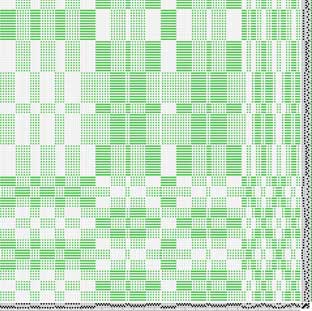
But this pattern is not "complete" - here some inspirational pictures:
Made symmetrical "as is":

|
A different interpretation:
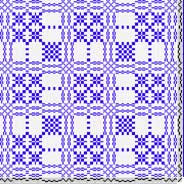
|
Another...:
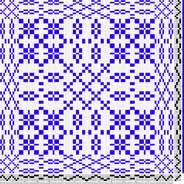
|
There are many books "out there" dealing with designing with blocks. Older weaving books are often available from the library.
I'm sure thare are lots of Internet resources about block patterns and block substitution.
Here is one in Swedish:
Two pages from Martinsson & Eriksson (dealers for WeavePoint in Sweden): here and here
And one in English:
Bergdala spinnhus. Here you can find two articles about profile drafts, and one about jämtlandsdräll (which is not-quite-crackle).
www.riksvav.se/kronobergsvav/